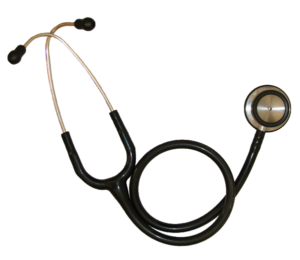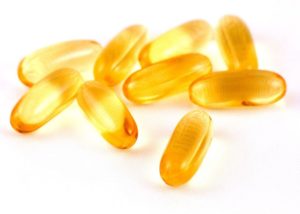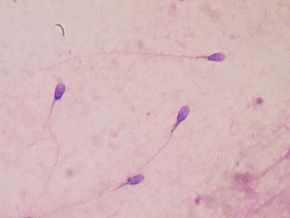 What does it take to live to 100 in relatively good health? Are there common psychological traits? A study looked at 29 rural Italians aged 90 to 101 and their 51 younger family members to try to answer that question. They found that the elderly participants had worse physical health but better mental well-being than their younger family members.
What does it take to live to 100 in relatively good health? Are there common psychological traits? A study looked at 29 rural Italians aged 90 to 101 and their 51 younger family members to try to answer that question. They found that the elderly participants had worse physical health but better mental well-being than their younger family members.
The older adults had a positive attitude or positivity (resilience and optimism), they worked hard, and had strong bonds with family and religion. They also had a strong need for control (family members called them "domineering") and a love of the land. The researchers summarized: "Exceptional longevity was characterized by a balance between acceptance of and grit to overcome adversities along with a positive attitude and close ties to family, religion, and land, providing purpose in life." From Science Daily:
Common psychological traits in group of Italians aged 90 to 101
In remote Italian villages nestled between the Mediterranean Sea and mountains lives a group of several hundred citizens over the age of 90. Researchers at the University of Rome La Sapienza and University of California San Diego School of Medicine have identified common psychological traits in members of this group. The study, publishing in International Psychogeriatrics, found participants who were 90 to 101 years old had worse physical health, but better mental well-being than their younger family members ages 51 to 75.
"The main themes that emerged from our study, and appear to be the unique features associated with better mental health of this rural population, were positivity, work ethic, stubbornness and a strong bond with family, religion and land." There were 29 study participants from nine villages in the Cilento region of southern Italy.
"The group's love of their land is a common theme and gives them a purpose in life. Most of them are still working in their homes and on the land. They think, 'This is my life and I'm not going to give it up,'" said Anna Scelzo, first author of the study with the Department of Mental Health and Substance Abuse in Chiavarese, Italy. Interview responses also suggested that the participants had considerable self-confidence and decision-making skills. "This paradox of aging supports the notion that well-being and wisdom increase with aging even though physical health is failing," said Jeste, also the Estelle and Edgar Levi Chair in Aging and director of the Sam and Rose Stein Institute for Research on Aging at UC San Diego.
"We also found that this group tended to be domineering, stubborn and needed a sense of control, which can be a desirable trait as they are true to their convictions and care less about what others think," said Scelzo. "This tendency to control the environment suggests notable grit that is balanced by a need to adapt to changing circumstances." [Original study.

Rural village in the region of Cilento, Italy. Credit: Wikipedia.

 The findings of a
The findings of a  Two studies (one in
Two studies (one in  This is interesting, that blood pressure naturally starts lowering in the 14 to 18 years prior to death in people 60 years or older - whether they are healthy, have hypertension, have heart disease, take hypertension medicines or not.
This is interesting, that blood pressure naturally starts lowering in the 14 to 18 years prior to death in people 60 years or older - whether they are healthy, have hypertension, have heart disease, take hypertension medicines or not. Interesting
Interesting  Great news coffee drinkers! Another
Great news coffee drinkers! Another  Another
Another  Vitamin D supplements are incredibly popular, but whether vitamin D supplements should be taken during pregnancy and at what dose is still debated, and studies have had conflicting results. Now
Vitamin D supplements are incredibly popular, but whether vitamin D supplements should be taken during pregnancy and at what dose is still debated, and studies have had conflicting results. Now  There are health benefits to having a dog, based on results from studies and testimonials from dog owners. Now
There are health benefits to having a dog, based on results from studies and testimonials from dog owners. Now  Air pollution is linked to so many negative health effects, now another one - poorer quality sperm. In this
Air pollution is linked to so many negative health effects, now another one - poorer quality sperm. In this